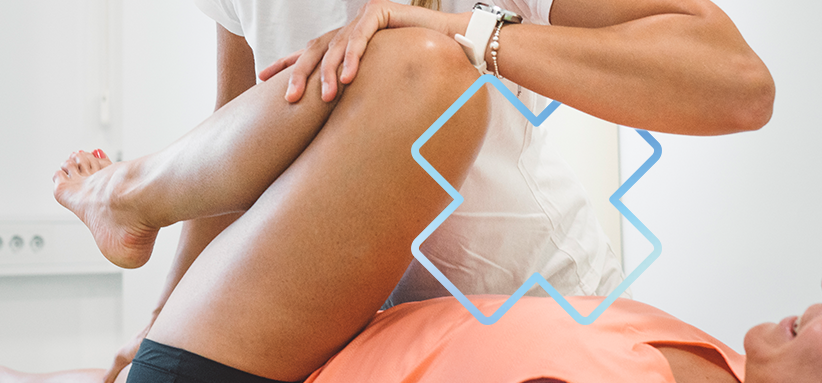Osteopathy is a manual therapy centred around a global vision of the human body and aimed at people of all ages. It works to restore the mobility of all the structures of your body in order to relieve pain and promote well-being among other things.

Why consult an osteopath?
The role of the osteopath ranges from prevention to rehabilitation. You can consult him for a recent or long-standing problem, or to prevent the appearance of any symptom that would affect your quality of life. Among the most frequent reasons for consultation, we find functional disorders such as back pain and headaches, digestive disorders, stiffness and tendinopathies as well as the relief of symptoms related to certain chronic diseases.
Osteopathy is a good complementary approach to other treatments such as physiotherapy and massage therapy, for example to improve recovery potential after an injury.
 Make an
Make an
appointment with
an osteopath
What are the benefits of osteopathy?
Osteopathy treatments aim to identify and treat mobility restrictions that can affect all the structures of the human body. These structures being interrelated, the osteopath can treat the problems both locally and far from the area affected by the symptoms.
Overall, osteopathy can relieve pain, promote body mobility and improve your well-being.
What treatments are used in osteopathy?
Osteopaths use a variety of manual techniques. Their advanced knowledge of the human body and their highly developed palpation skills allow them to accurately detect asymmetries and mobility restrictions. Mobilizations are always adapted according to your condition, the intensity of your symptoms and your comfort.
What happens during an osteopathy session?
The sessions always take place in a closed room and are generally 45 to 60 minutes long. You will be comfortably seated on a treatment table for most of the session.
At the beginning of the meeting, your osteopath will ask you questions about your medical history, your symptoms and your goals. He will then assess your condition and your movements through observation and palpation. Depending on this assessment, he will choose appropriate mobilizations that he will perform while ensuring your comfort throughout the session.
At the end of the treatment, your osteopath will give you advice to apply in your daily life. He could also teach you complementary exercises to improve your condition.

